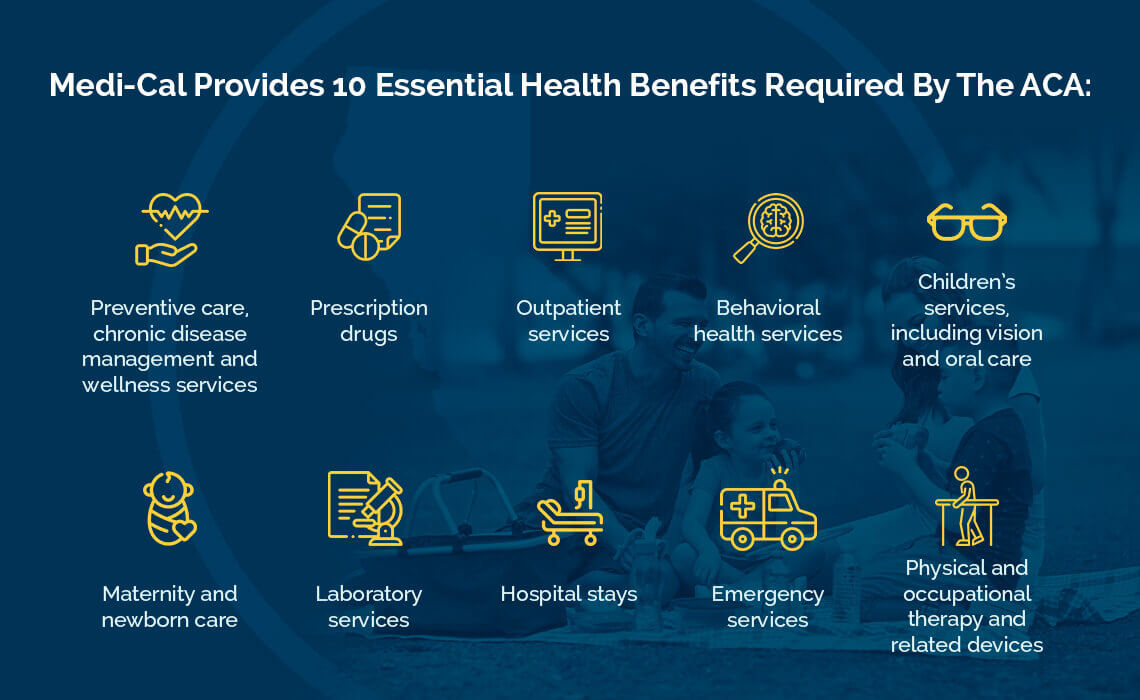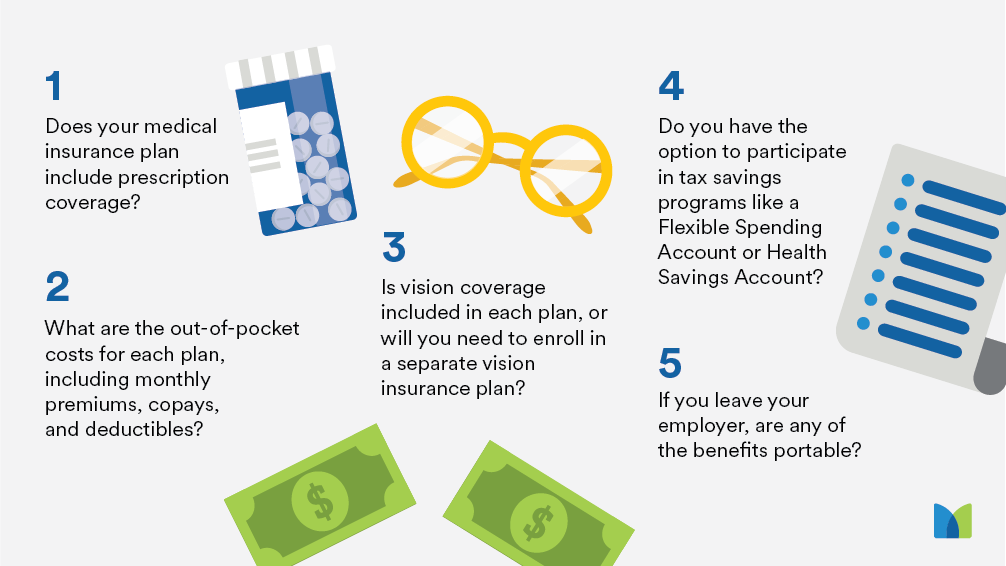Some Known Details About Medicare Advantage Agent
Some Known Details About Medicare Advantage Agent
Blog Article
Fascination About Medicare Advantage Agent
Table of ContentsA Biased View of Medicare Advantage AgentIndicators on Medicare Advantage Agent You Should KnowThe smart Trick of Medicare Advantage Agent That Nobody is Talking About

complies with from perplexing the relatively young age profile of the without insurance with the much better health, generally, of younger persons. This covers the web link in between health and wellness condition and wellness insurance coverage. For those without accessibility to work environment health and wellness insurance, poor health and wellness is a prospective barrier to acquiring nongroup insurance coverage since such protection may be very priced, exclude preexisting conditions, or be just inaccessible. The variety of without insurance Americans is not especially big and has not altered in the last few years. 7 out of 10 participants in a country wide representative study assumed that fewer Americans did not have health and wellness insurance than really do(Fronstin, 1998). Roughly half(47 percent )thought that the variety of people without medical insurance reduced or continued to be continuous over the last fifty percent of the last years(Blendon et al., 1999). This decrease of nearly 2 million in the variety of people 'without insurance (a reduction
of around 4 percent)is certainly a favorable adjustment. With a softer economic situation in 2000 the most up to date reported gains in insurance policy protection might not proceed(Fronstin, 2001 ). The decrease in the variety of without insurance will certainly not continue if the economic climate continues to be slow-moving and healthcare expenses remain to outmatch inflation. This is since the data were collected for a period of strong economic performance. Of the approximated 42 million people who were without insurance, almost concerning 420,000(about 1 percent)were under 65 years of age, the age at which most Americans end up being qualified for Medicare; 32 million were grownups in between ages 18 and 65, about 19 percent of all grownups in this age; and 10 million were kids under 18 years of age, concerning 13.9 percent of all kids (Mills, 2000). These quotes of the variety of individuals uninsured are produced from the annual March Supplement to the Existing Population Survey (CPS), performed by the Demographics Bureau. Unless otherwise kept in mind, national price quotes of people without medical insurance and percentages of the population with various sort of coverage are based on the CPS, the most commonly made use of resource of quotes of insurance policy protection and uninsurance rates. These studies and the estimates they yield are described briefly in Table B. 1 in Appendix B - Medicare Advantage Agent. These studies differ in size and tasting approaches, the concerns that are inquired about insurance policy
Not known Factual Statements About Medicare Advantage Agent
insurance coverage, and the moment duration over which insurance protection or uninsurance is measured(Lewis et al., 1998, Fronstin, 2000a ). Still, the CPS is specifically helpful since it produces annual price quotes relatively quickly, reporting the previous year's insurance policy protection estimates each September, and due to the fact that it is the basis for a constant collection of quotes for even more than two decades, enabling evaluation of fads in insurance coverage in time.

Excitement About Medicare Advantage Agent
Over a three-year duration starting early in 1993, 72 million people, 29 percent of the united state population, were without coverage for a minimum of one month. Within a single year(1994), 53 million individuals experienced a minimum of a month without coverage(Bennefield, 1998a). Six out of every ten without insurance adults are themselves used. Working does enhance the likelihood that one and one's household members will certainly have insurance, it is not a warranty. Also members of family members with 2 full-time wage income earners have nearly a one-in-ten possibility of being without insurance (9.1 percent uninsured price)(Hoffman and Pohl, 2000 ). The relationship between medical insurance and accessibility to care is well developed, as recorded later in this phase. Although the partnership in between medical insurance and wellness results is neither straight neither basic, a considerable professional and health services research study literary works links medical insurance coverage
to improved access to care, much better quality, and boosted personal and populace health status. For instance, the 2nd report, on personal health end results for without insurance adults, is represented by the innermost circle of the figure, while the resource third report, on family wellness, includes the subjects of the second record but emphasizes a different device of analysis, specifically, the household. The sixth report in the collection will offer details concerning approaches and campaigns undertaken in your area, statewide, or country wide to deal with the absence of insurance and its damaging effects. Levels of analysis for examining the results of uninsurance. This discussion of health and wellness insurance protection focuses mostly on the U.S. populace under age 65 since virtually all Americans 65 and older have Medicare or various other public protection.
Furthermore, it focuses particularly on those with no medical insurance for any kind of size of time. The issues faced by the underinsured are in some areas comparable to those encountered by the uninsured, although they are typically less severe. Uninsurance and underinsurance, nevertheless, entail clearly various plan concerns, and the strategies for addressing them may differ. Throughout this research study and the five reports to comply with, the main focus is on persons without medical insurance and thus no support in spending for wellness treatment beyond what is readily available with charity and safeguard organizations. Health insurance coverage is a powerful element affecting receipt of care because both patients and physicians reply to the out-of-pocket price of solutions. Health and wellness insurance policy, nonetheless, is neither necessary neither adequate to get to clinical solutions. However, the independent and straight effect of wellness
insurance policy coverage on accessibility to health services is well developed. Others will get the healthcare they require even without medical insurance, by spending for it expense or seeking it from suppliers that provide care cost-free or at extremely subsidized prices. For still others, health and wellness insurance alone does not make certain receipt of treatment due to other nonfinancial obstacles, such as a lack of healthcare providers in their area, limited access to transport, illiteracy, or linguistic and social distinctions. Formal study about uninsured populaces in the United States dates to the late 1920s and early 1930s when the Board on the Cost of Medical Treatment produced a series of records about funding physician office gos to and hospital stays. This issue ended up being salient as the numbers of clinically indigent climbed up throughout the Great Anxiety. Empirical researches consistently sustain the link between access to care and enhanced health results(Bindman et al., 1995; Starfield, 1995 ). Having a regular resource of treatment can be thought about a forecaster of accessibility, as opposed to a straight action of it, when wellness end results are themselves made use of as accessibility indications. This expansion of the notion of gain access to dimension was made by additional info the IOM Board on Keeping Track Of Accessibility to Personal Wellness Treatment Provider(Millman, 1993, p. Whether or not parents are insured appears to impact whether their kids get treatment along with just how much careeven if the youngsters themselves have insurance coverage(Hanson, 1998). The health and wellness of parents can impact their capability to care for their children and the level of family tension. Bothering with their youngsters's accessibility to care is itself a resource of tension for parents. 3 phases follow in this report. Phase 2 provides an overview of just how employment-based medical insurance, public programs and private insurance coverage run and interact to give considerable however insufficient protection of the U.S. populace. This consists of an evaluation of historical trends and public laws influencing both public and personal insurance coverage, a conversation of the communications amongst the various sorts of insurance policy, and an exam of why individuals move from one program to one more or end up

Report this page